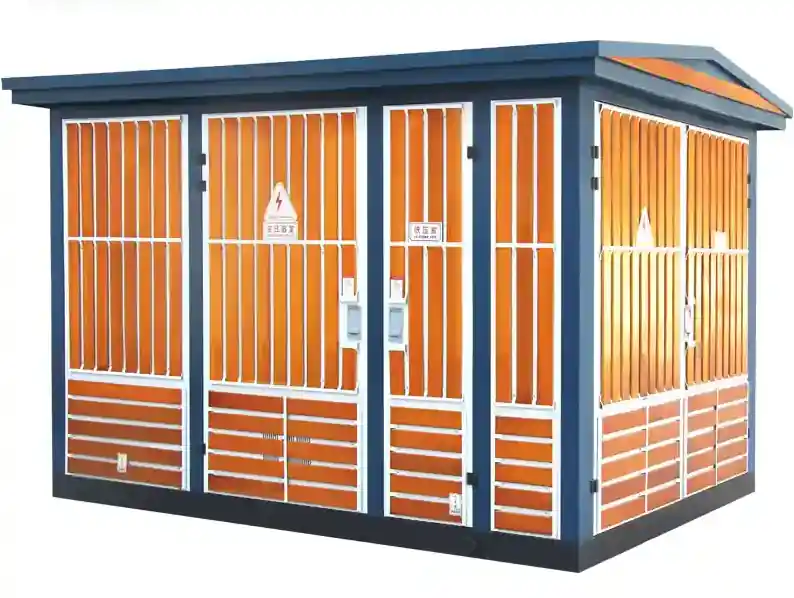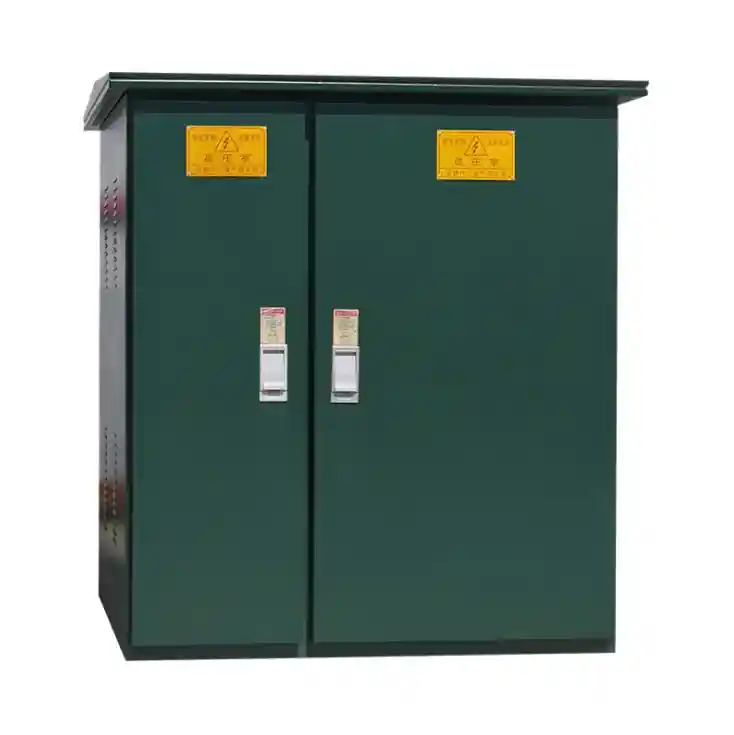
Explicação do conceito central
A subestação é uma parte de um sistema de geração, transmissão e distribuição de energia elétrica que transforma a tensão de alta para baixa ou vice-versa usando transformadores. A transformador é um dispositivo elétrico estático que transfere energia elétrica entre dois ou mais circuitos por meio de indução eletromagnética.
As subestações podem ser classificadas como:
- Subestações de transmissão (interconexão de alta tensão)
- Subestações de distribuição (redução de tensão para consumidores)
- Subestações de comutação (para roteamento do fluxo de energia)
Os transformadores dentro dessas subestações são categorizados com base em:
- Potência nominal (kVA ou MVA)
- Tipo de isolamento (imersos em óleo, tipo seco)
- Fase (monofásico ou trifásico)
- Sistema de resfriamento (ONAN, ONAF, etc.)
Aplicações na indústria e na infraestrutura
- Redes de distribuição urbana e rural
- Zonas de manufatura industrial
- Integração de energia renovável (por exemplo, parques solares, parques eólicos)
- Estabelecimentos comerciais e shopping centers
- Infraestrutura crítica, como hospitais e centros de dados

Tendências de mercado e histórico
De acordo com IEEMA e recentes Relatórios do IEEENa América Latina, a demanda por subestações compactas e modulares e transformadores ecologicamente corretos está aumentando. A mudança para redes inteligentes e energia renovável está acelerando a necessidade de uma tecnologia de transformadores eficiente. As empresas de serviços públicos também estão investindo em tecnologias de automação, monitoramento remoto e isolamento de falhas.
Especificações técnicas e comparação
| Recurso | Transformador tradicional imerso em óleo | Transformador do tipo seco |
|---|---|---|
| Resfriamento | À base de óleo | Ar/Natural |
| Segurança | Risco de vazamento/incêndio | Mais seguro em áreas fechadas |
| Manutenção | Requer verificações regulares do óleo | Menor manutenção |
| Aplicativos | Externo, alta tensão | Áreas internas e sensíveis |
Os transformadores também são classificados com base na tensão e na capacidade, como 33/11kV 10MVA, 11kV 1MVAetc.
Diferença em relação a tecnologias semelhantes
Enquanto Painel de controle gerencia a proteção e o controle do circuito, transformadores concentram-se na regulação da tensão. Diferente de Sistemas UPSOs transformadores não podem armazenar energia, mas garantem a transformação e a regulagem contínuas da energia.
Conselhos de seleção e guia de compra
Ao escolher a configuração de um transformador ou subestação, considere:
- Requisitos de carga (kW ou kVA)
- Níveis de tensão de entrada/saída
- Posicionamento em ambientes internos ou externos
- Necessidades de resfriamento e isolamento
- Conformidade com os padrões locais de serviços públicos e com as normas IEEE/IEC
Parceria com fabricantes certificados, como Schneider Electric, ABBe Siemens garante a garantia de qualidade e o suporte pós-venda.
Perguntas frequentes (FAQ)
R: Com a manutenção adequada, os transformadores podem durar de 25 a 40 anos, dependendo da carga, do ambiente e dos padrões de uso.
R: Embora sejam principalmente para uso em ambientes internos, os transformadores a seco especialmente fechados podem ser instalados em ambientes externos em caixas de proteção.
R: As inspeções devem ser feitas anualmente, com o monitoramento das condições realizado mensalmente para instalações de alta demanda.


